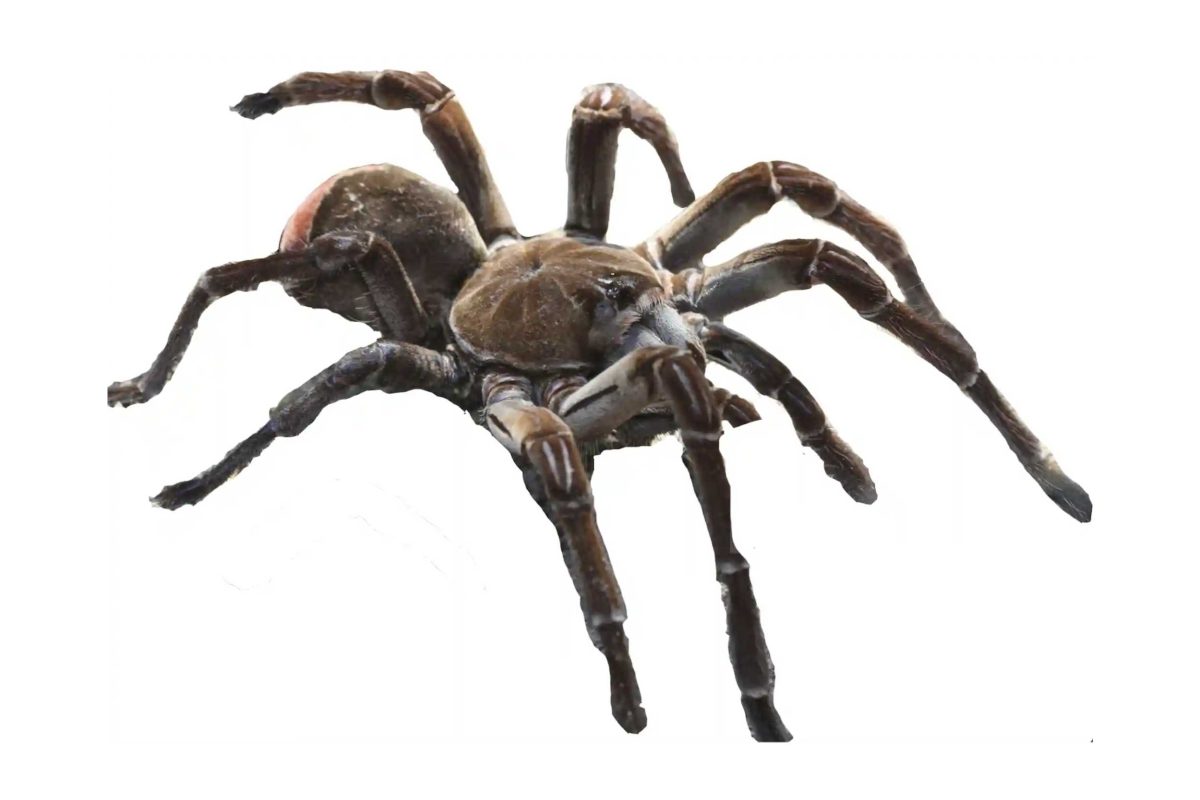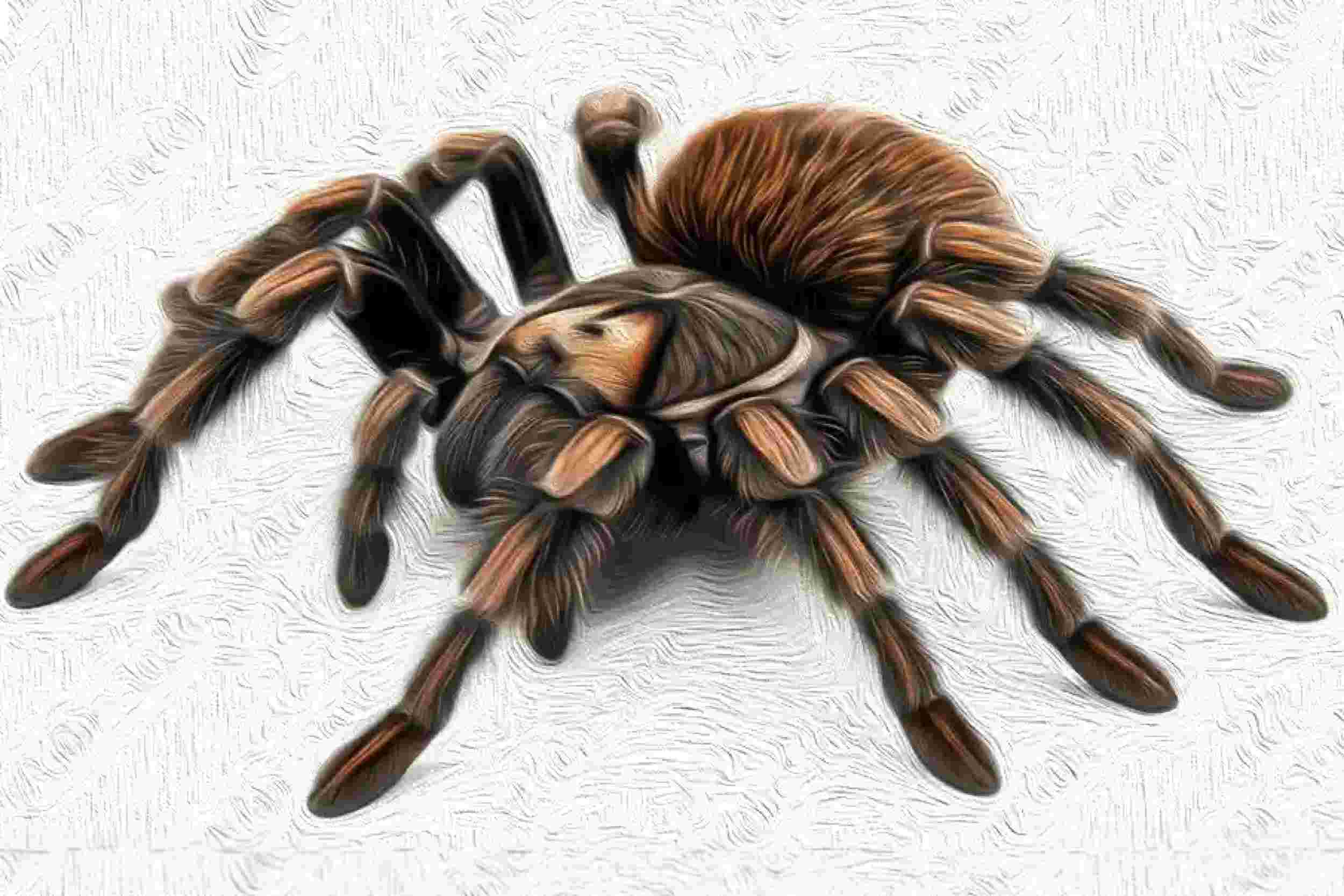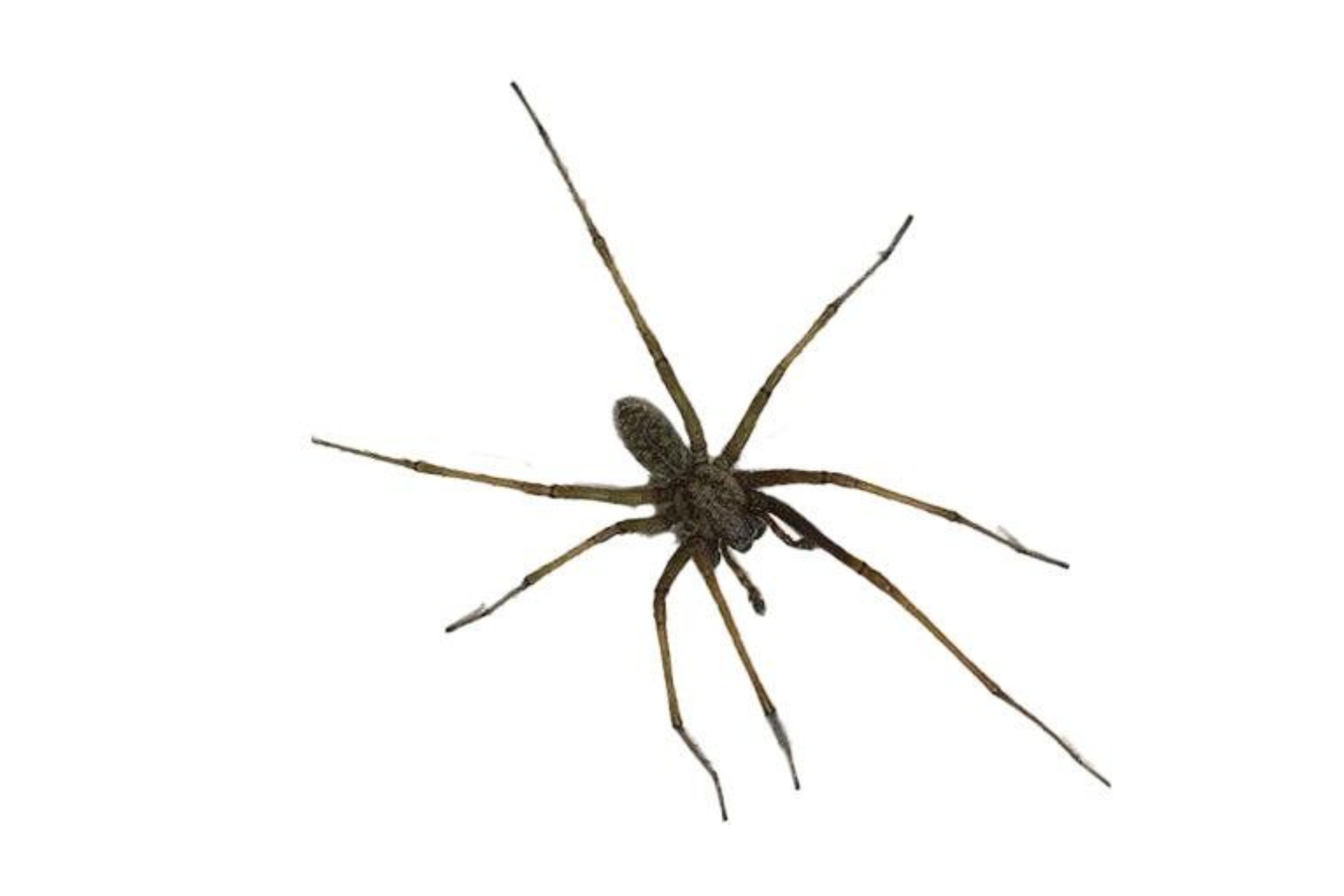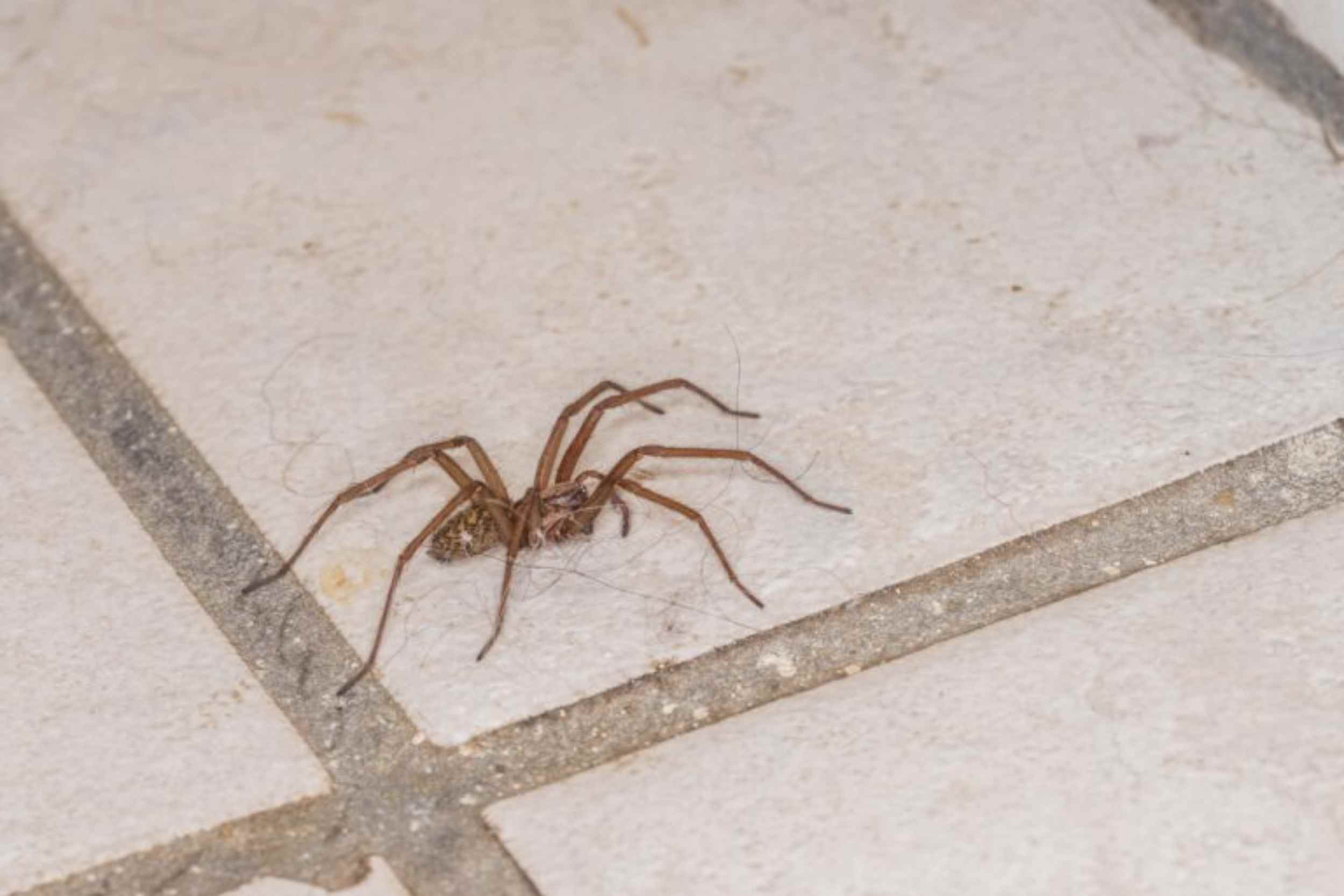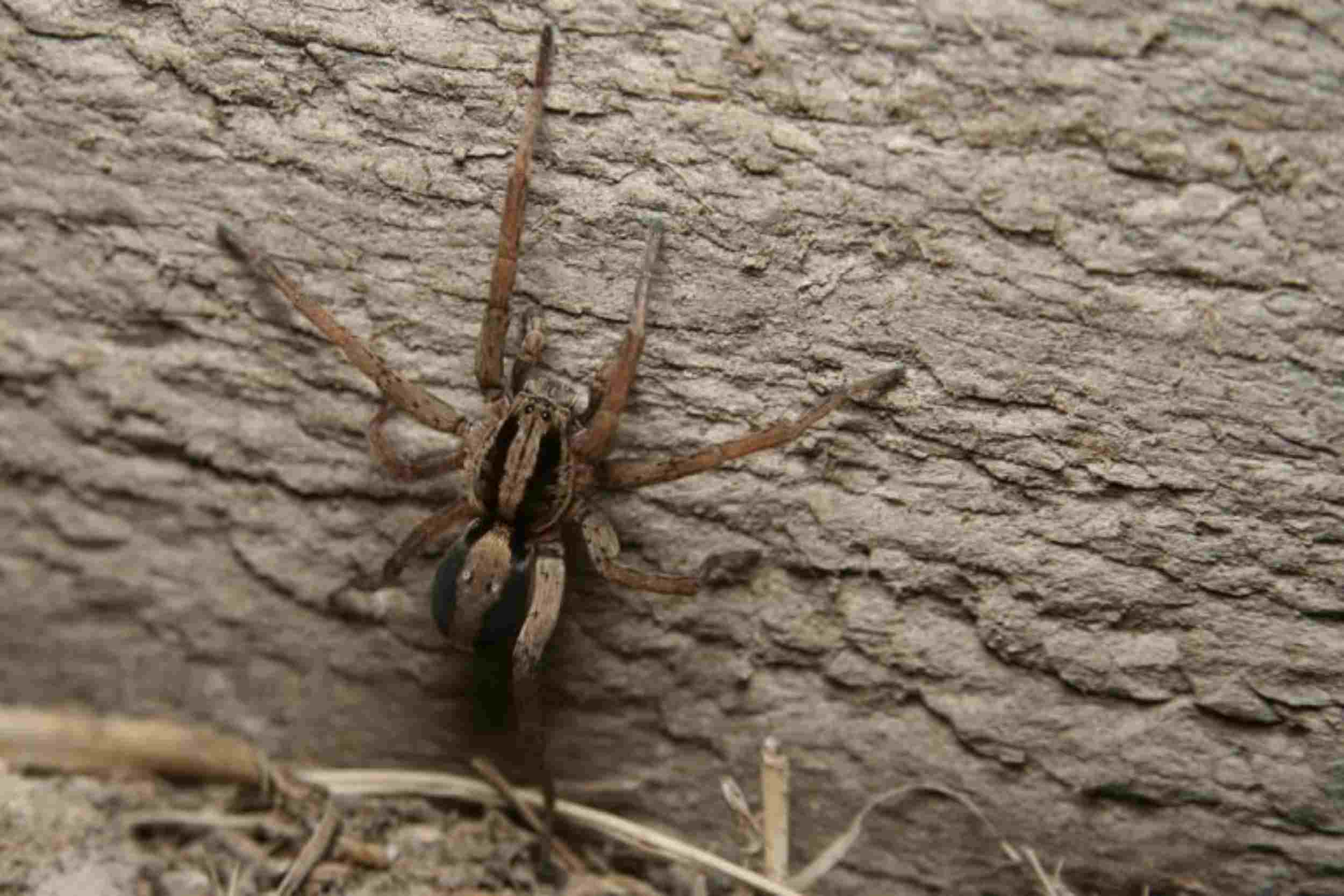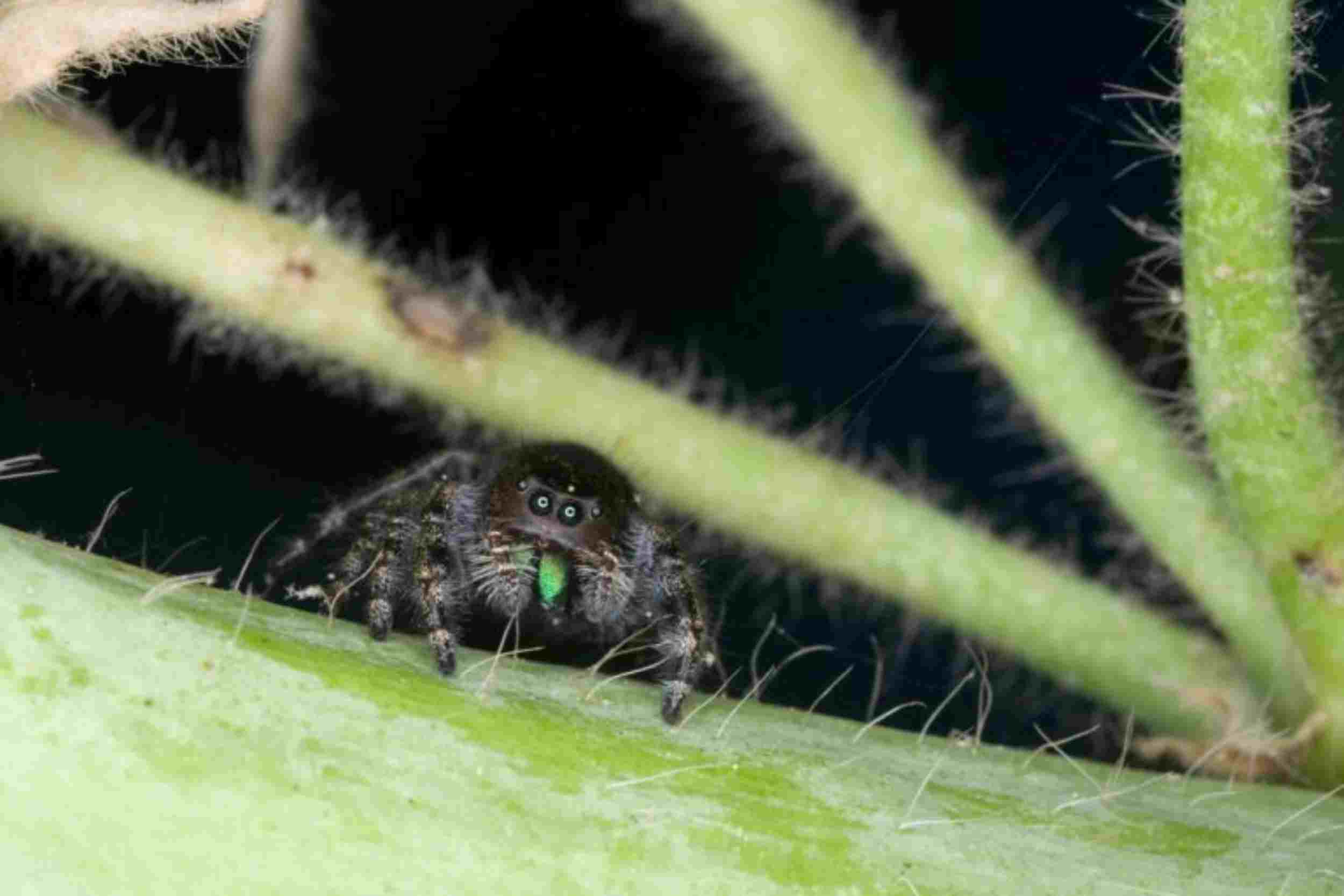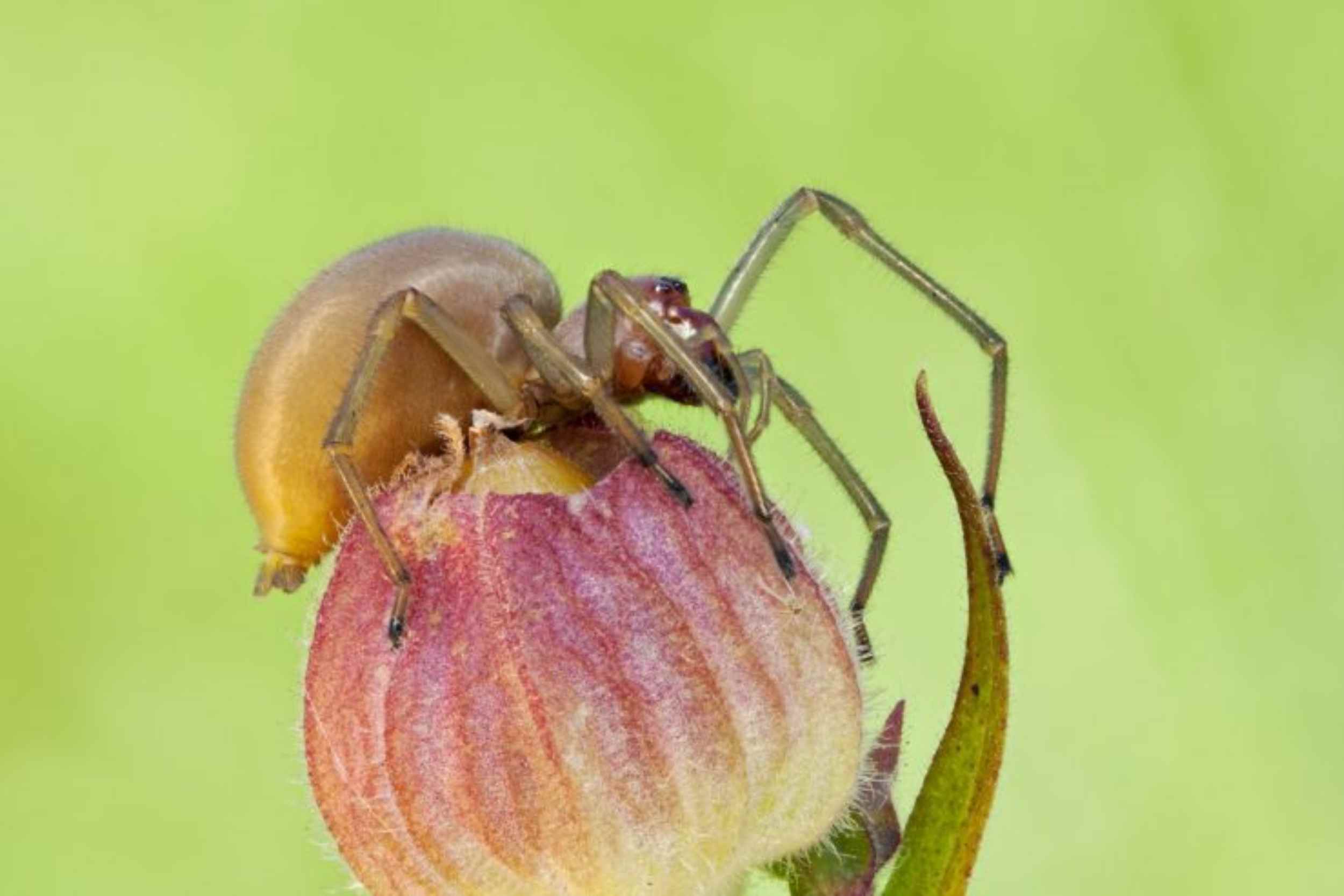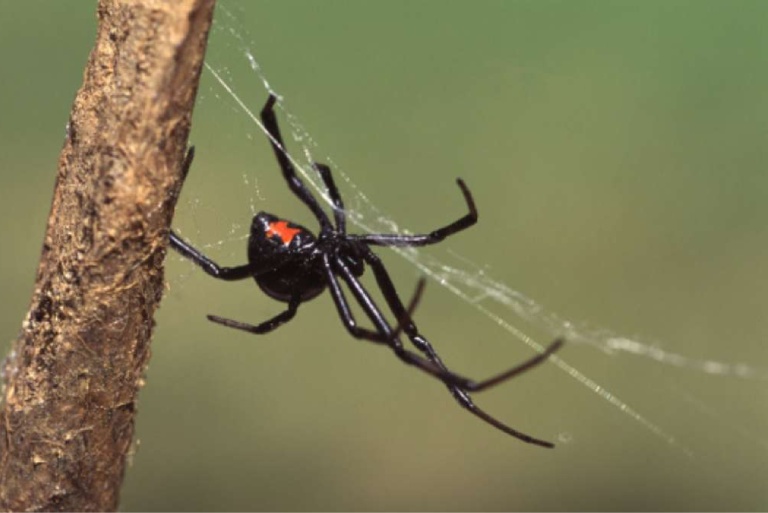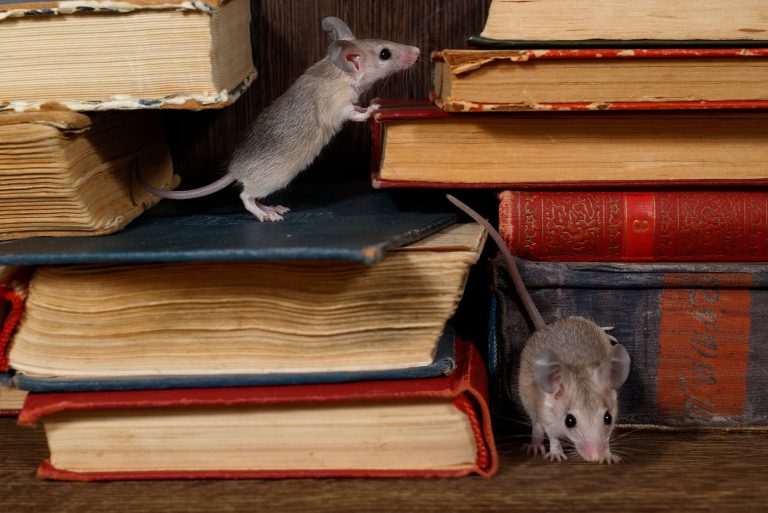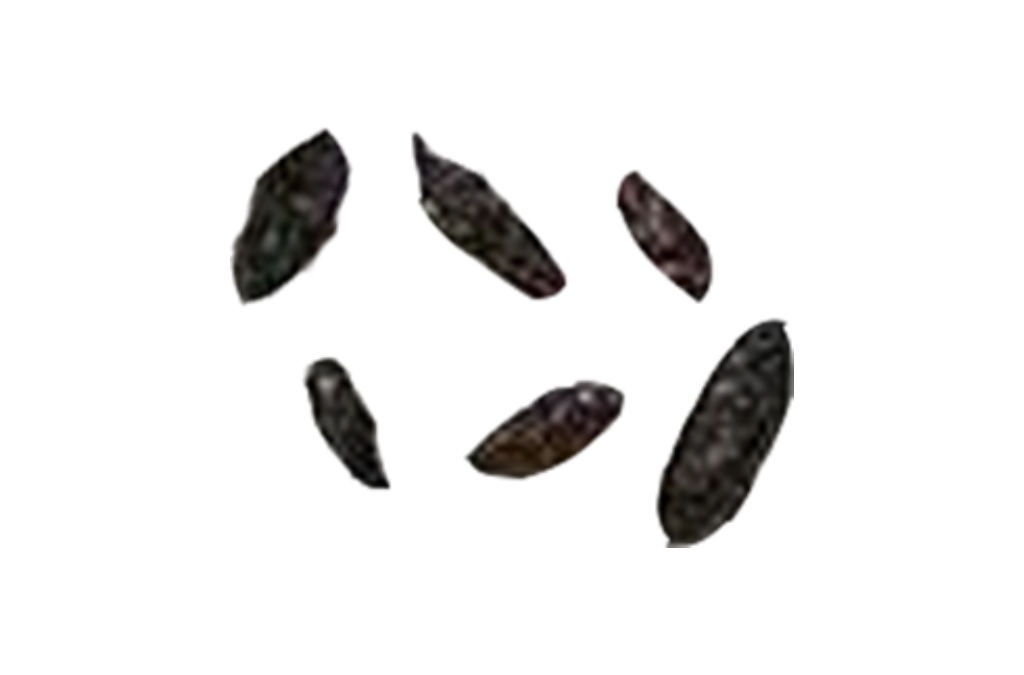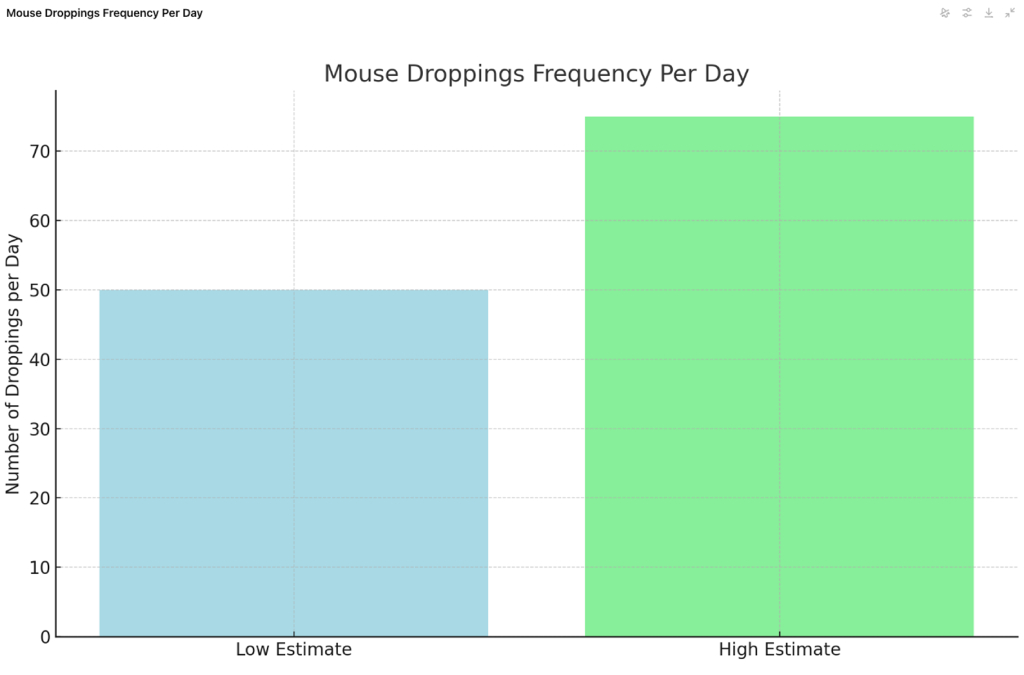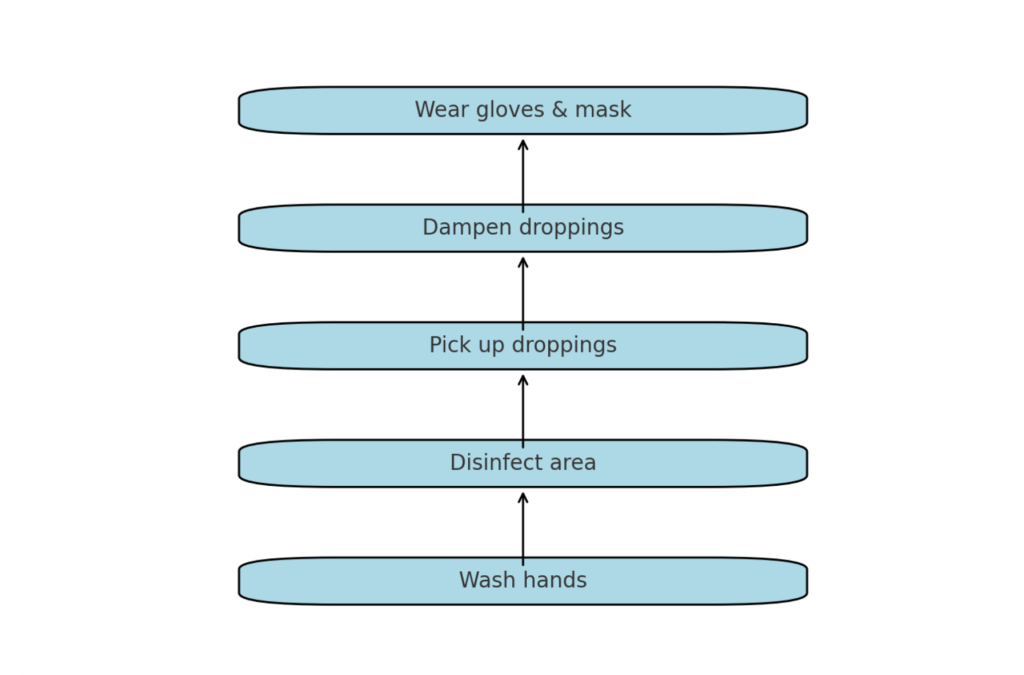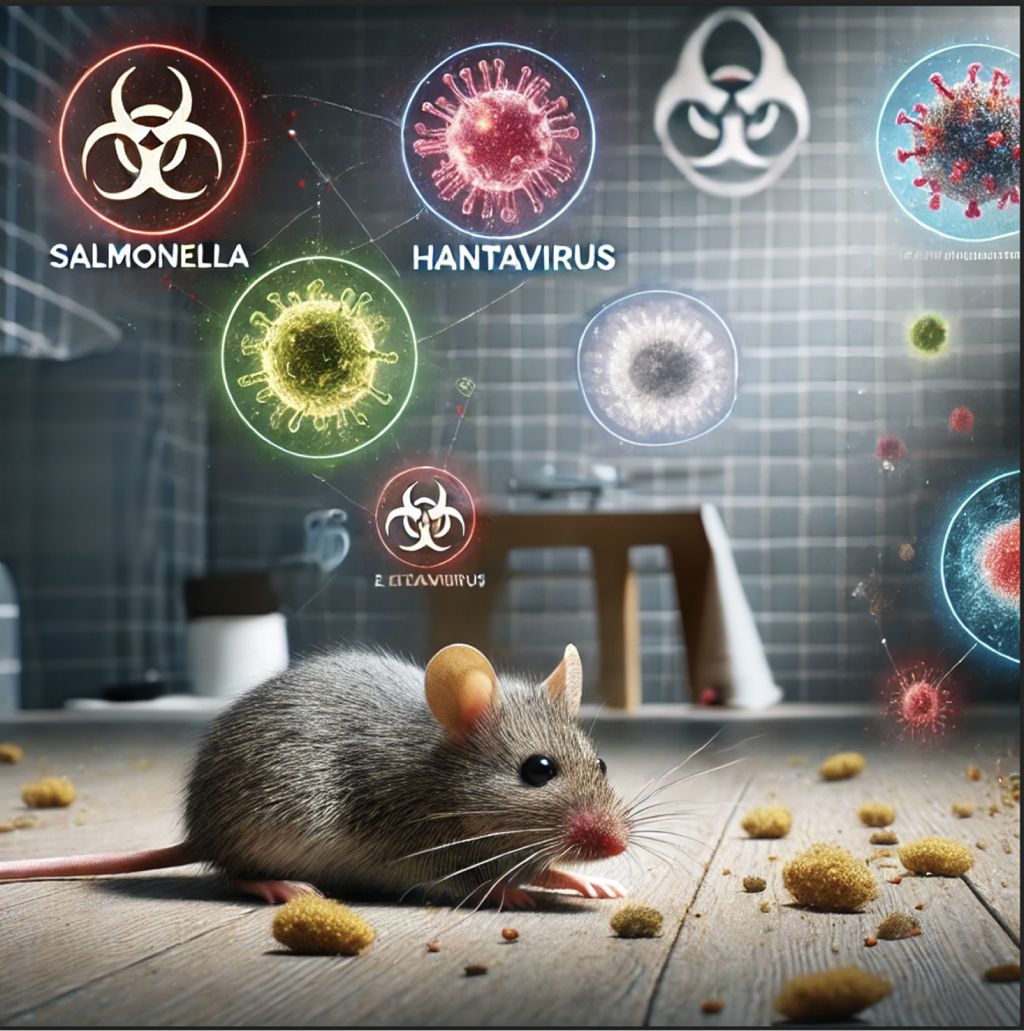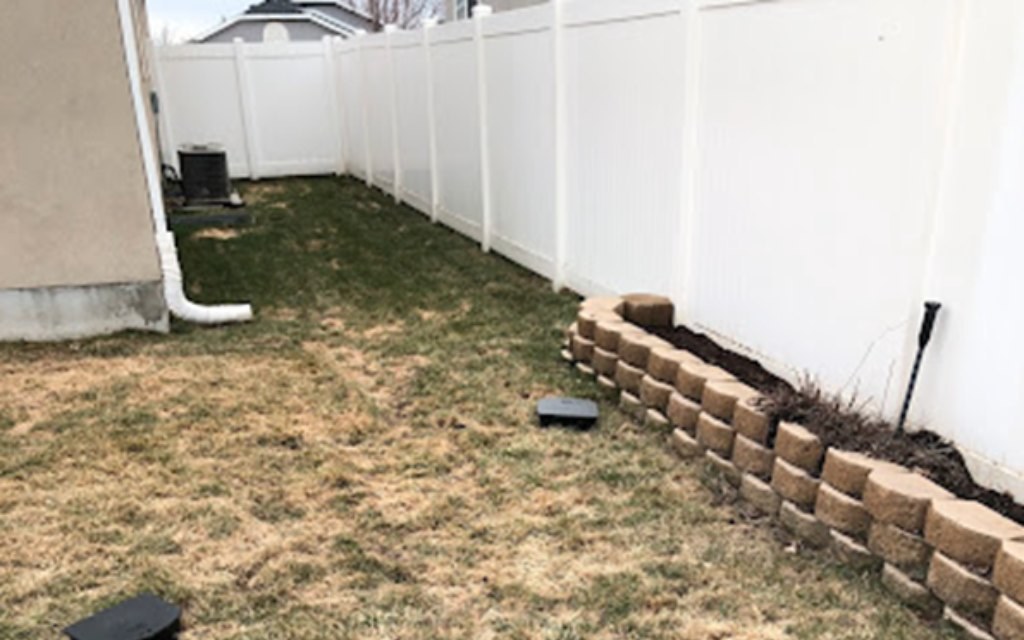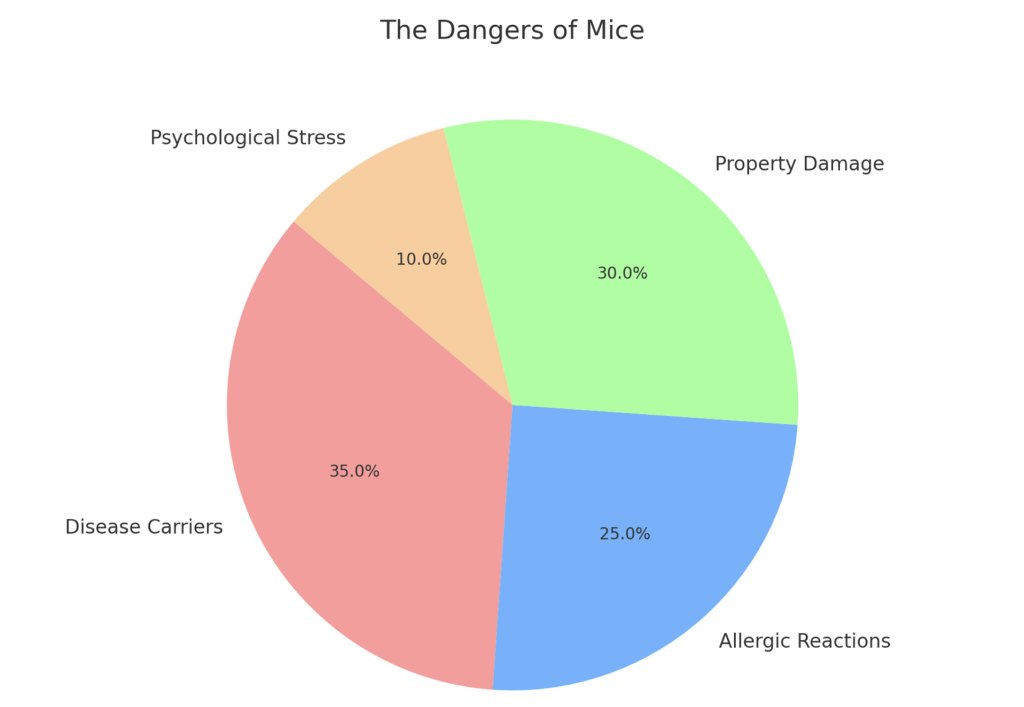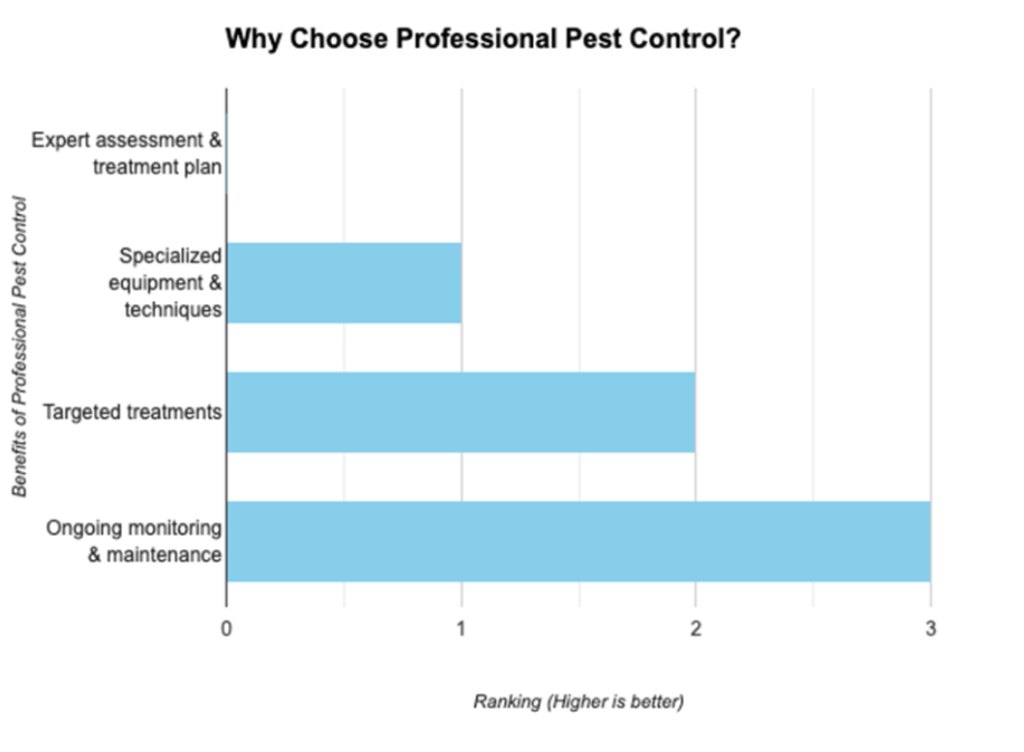The Yellow Garden Spider
hellogrow
on
March 1, 2025
Imagine a spider dressed in a dazzling yellow and black costume! That’s the striking yellow garden spider, also known as the black and yellow garden spider or the writing spider.
Imagine seeing one of these spiders in your house.
Let’s take a look at the yellow garden spider.
What Does a Yellow Garden Spider Look Like?
Size:
With a leg span that can reach up to a whopping four inches, the female yellow garden spider is a true giant among garden spiders! Males, on the other hand, are much smaller and often go unnoticed.
Coloration:
The yellow garden spider is a sight to behold, sporting a vibrant yellow and black striped pattern. These striking markings, often resembling a series of zig-zags, have earned them the nickname ‘writing spider’.
Webs:
These master weavers create truly impressive webs. Their circular masterpieces can span several feet in diameter, creating a mesmerizing spectacle in any garden.
Yellow Garden Spider Habitat
Let’s explore the most common habitats of the yellow garden spider.
- Gardens and Fields: These spiders are often spotted in gardens, meadows, and other areas brimming with plant life.
- Sunny Side Up: Like many cold-blooded creatures, they prefer sunny spots to warm up and maximize their hunting success. You’ll often find their impressive webs stretched across sunny corners of gardens and fields.
What Does the Yellow Garden Spider Eat?
Dinnertime for these arachnids is a thrilling affair! As carnivores, yellow garden spiders rely on their expertly woven webs to capture a variety of flying insects.
Their menu typically includes a delicious assortment of flies, bees, wasps, and grasshoppers.
Yellow Garden Spider Egg Sac
The female yellow garden spider carefully crafts a round, white or cream-colored egg sac, often covered in a layer of silk.
This mysterious structure, often concealed within the center of her intricate web, holds the secrets of the next generation of spiders.
How Long Does the Yellow Garden Spider Egg Sac Take to Hatch?
The magic of transformation begins! The incubation period for yellow garden spider eggs can vary depending on the weather and other factors. Typically, it takes a few weeks for these tiny eggs to hatch into hundreds of spiderlings!
Yellow Garden Spider Web
Yellow garden spiders are renowned for their impressive, circular orb webs. These intricate masterpieces of silk are a sight to behold, glistening in the sunlight and capturing prey with incredible efficiency.
However, encountering one of these webs face-first while walking through the garden can be a rather unpleasant experience!
Yellow Garden Spider Bite
Bites from yellow garden spiders are a rare occurrence. These spiders are more interested in catching their winged prey than in bothering humans.
If you happen to get bitten, you might experience mild pain, redness, and swelling at the bite site.
Their venom is typically not a threat to humans. It’s more akin to a bee sting – a bit of a ouch, but nothing to worry about.
Learn more about spider bites.
Is the Yellow Garden Spider Poisonous?
Yellow garden spiders are poisonous….but not to humans. Their venom is a crucial part of their survival toolkit, allowing them to capture and subdue their insect prey. While it may seem intimidating, it’s simply a natural tool for this important garden predator.
Controlling Yellow Garden Spiders
Common ways of controlling spiders include relocation, web removal, habitat modification, natural relepplents, and pest control services.
FAQs About Yellow Garden Spiders
For questions about common spider problems in Utah, contact H2 Pest Control or use the following resource links:
Learn More About Spiders
Get Rid of Spiders in Utah Guide
How to Get Rid of Black Widow Spiders
How Many Legs Do Spiders Have?
The Most Dangerous Spiders in the United States
Spider Eggs and What They Look Like




